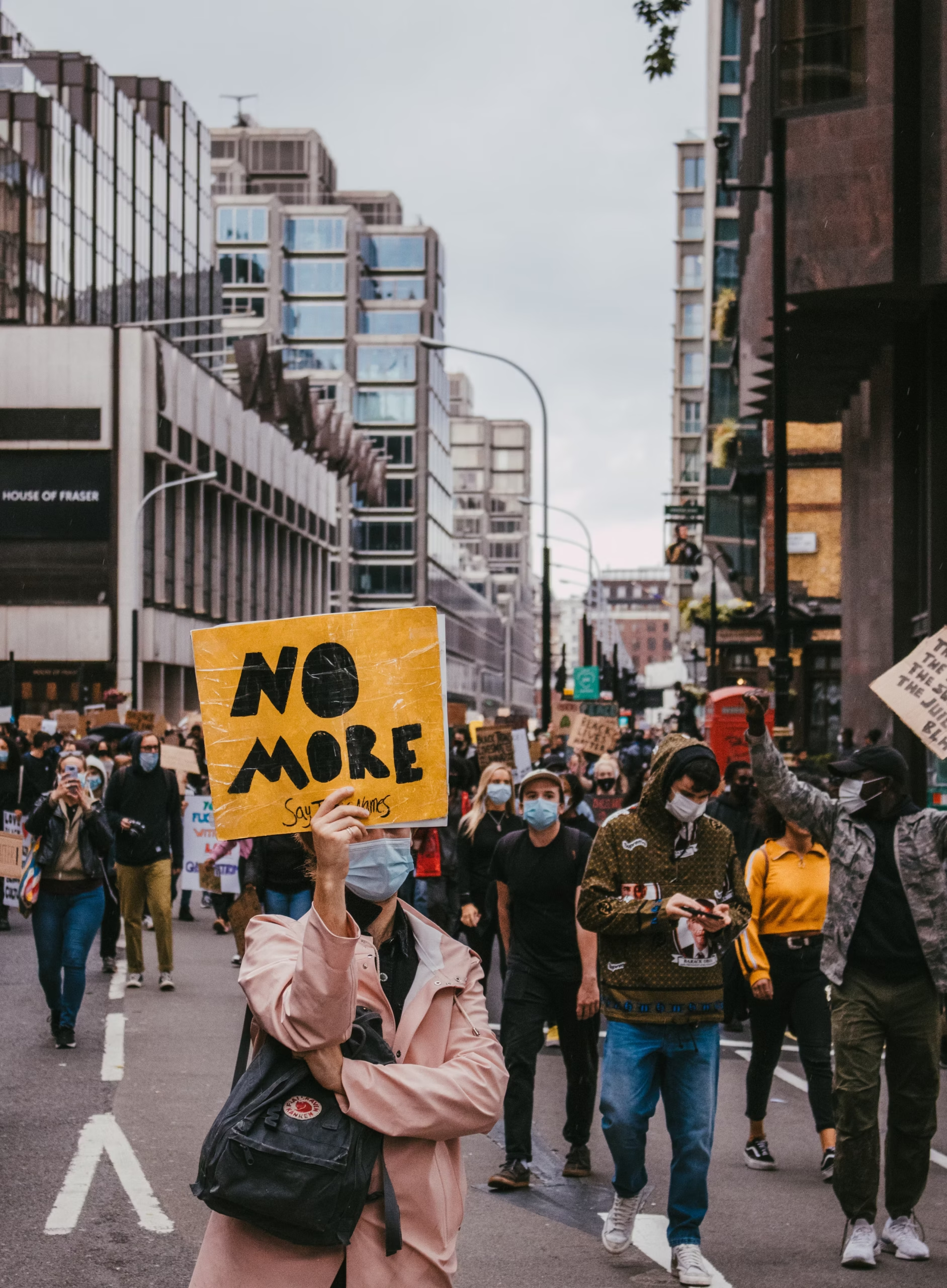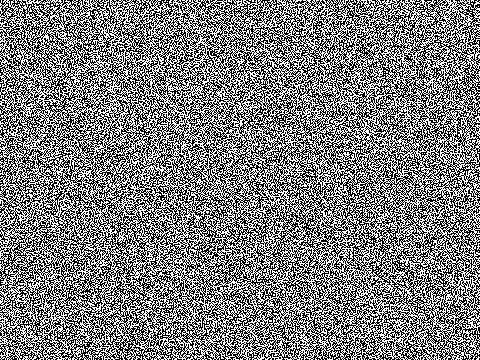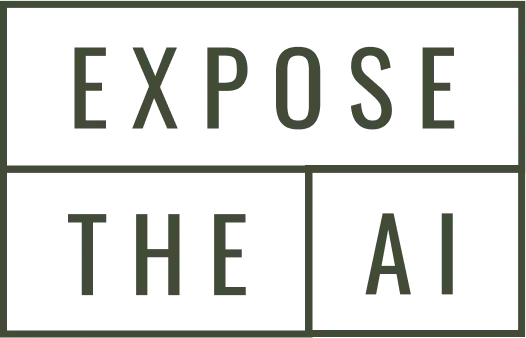
Over the last few months, from the anti-finance bill protests in Kenya to the march to Parliament in Uganda, we have witnessed a growing trend: AI-generated images of crowds holding placards are becoming a tool for activism. This phenomenon sits at the intersection of art and advocacy, raising questions about the role of artificial intelligence in shaping political discourse in the Global South.
The Emergence of AI-Generated Protest Imagery
AI-generated images have made their way into activism, providing a visually striking representation of protest movements. Unlike traditional protest photography, these images do not require an actual demonstration to take place; instead, they serve as a form of digital resistance, amplifying messages that might otherwise be censored or ignored. In an era where governments in the Global South are cracking down on public dissent, AI-generated protest visuals provide an alternative means of expression that is harder to suppress.
Why AI? The Strategic Use of Synthetic Imagery
- Circumventing Surveillance and Repression – Protesters in countries with repressive regimes often face dire consequences, including arrests, disappearances, and violence. AI-generated crowds allow activists to illustrate their messages without putting real people at risk.
- Amplifying Narratives in the Digital Space – Social media remains a powerful mobilization tool, but governments often limit access or manipulate online discourse. AI-generated protest images give movements a new way to maintain visibility, even when protests are physically suppressed.
- Symbolic Representation of Unseen Dissent – In cases where public demonstrations are impossible due to government crackdowns, AI imagery can act as a powerful symbol, portraying a protest that might exist in spirit but cannot materialize on the streets.
Ethical and Tactical Considerations
While AI-generated images can be an effective activist tool, they also raise important ethical and tactical questions.
- Misinformation and Authenticity – There is a fine line between artistic representation and deception. If AI-generated images are not clearly labeled, they could be mistaken for real protests, leading to credibility issues for activist movements.
- State and Corporate Co-option – While activists use AI for resistance, governments and corporations can also leverage the same technology to create misleading narratives. The potential for counter-propaganda and manipulation remains a critical concern.
The Future of AI in Activism
The Global South is at the forefront of digital activism, often outpacing Western movements in its innovative use of technology for resistance. As AI-generated images continue to shape protest art, activists must navigate both the opportunities and challenges they present. Whether used to expose injustice, amplify movements, or challenge oppressive regimes, AI in activism is redefining how resistance looks in the digital age.
In an era of evolving political struggles, one question remains: Can AI-generated activism mobilize real-world change, or will it remain a symbolic gesture in the fight for justice?

